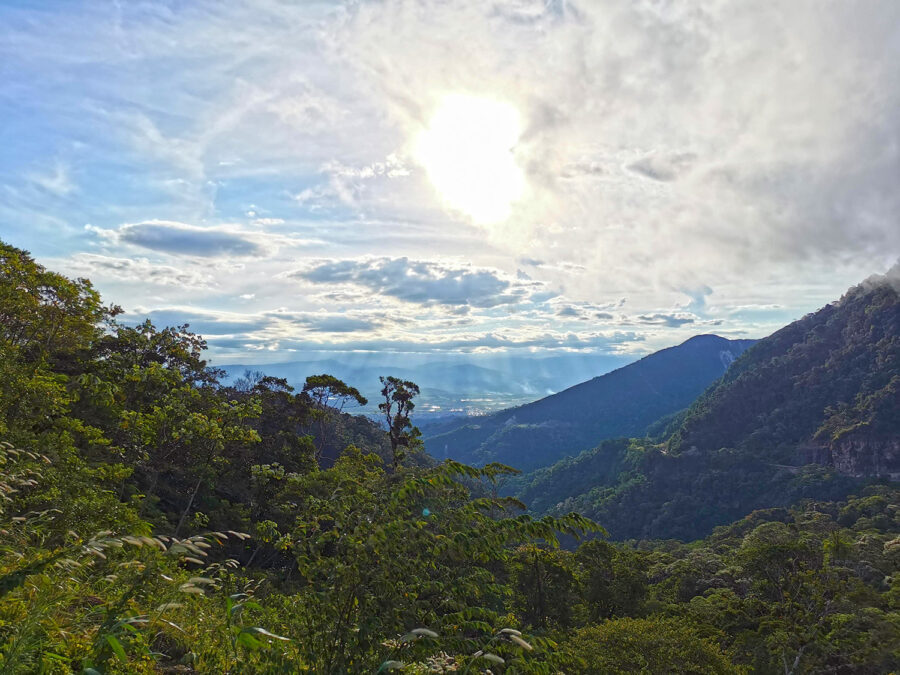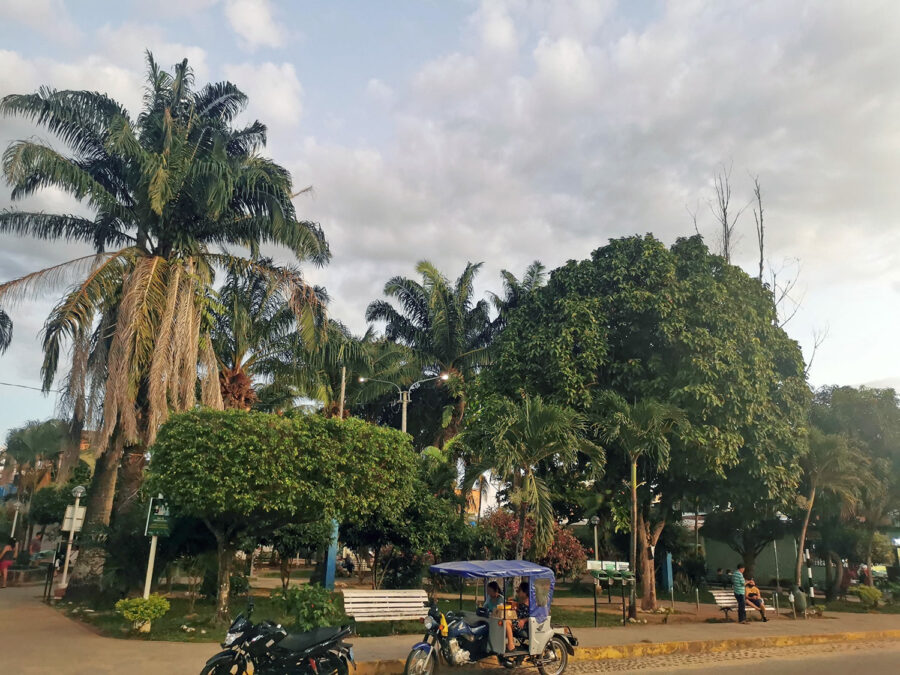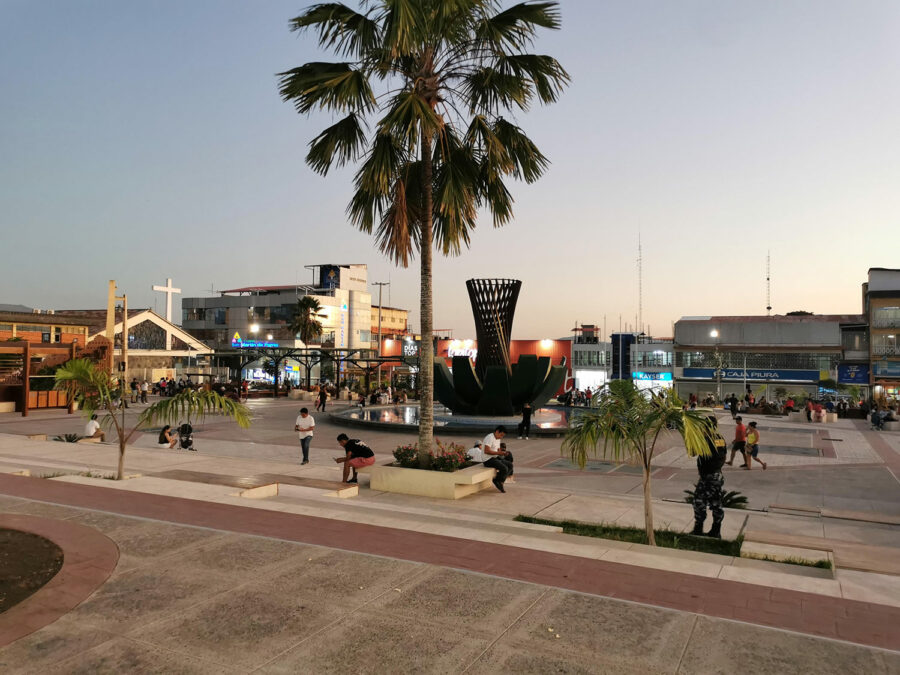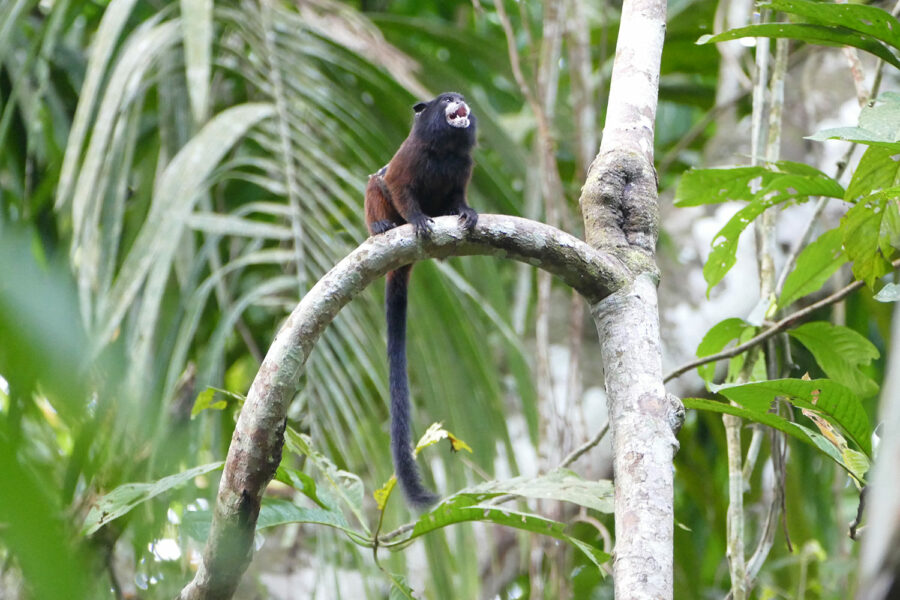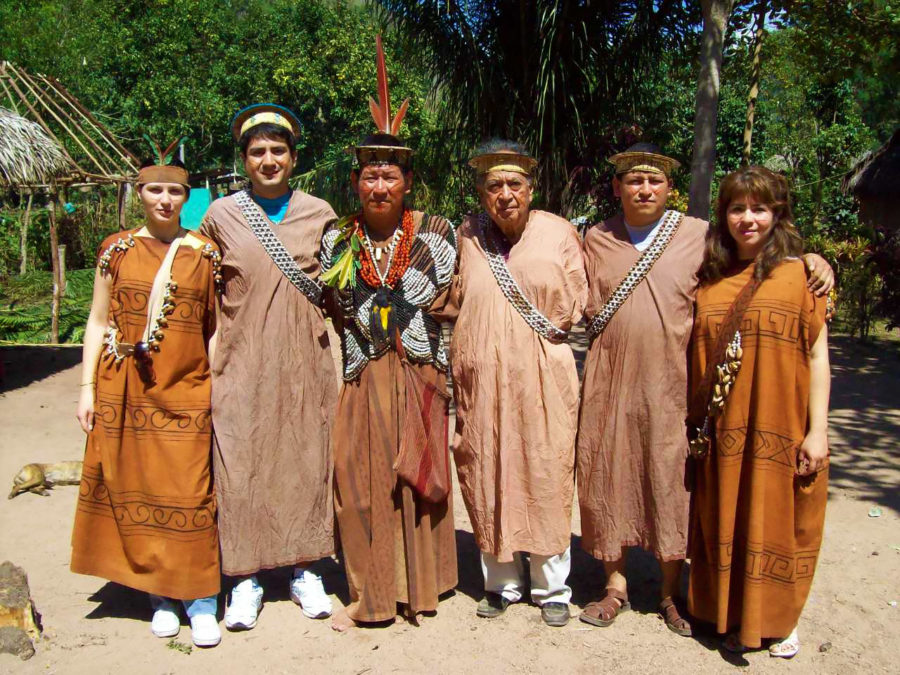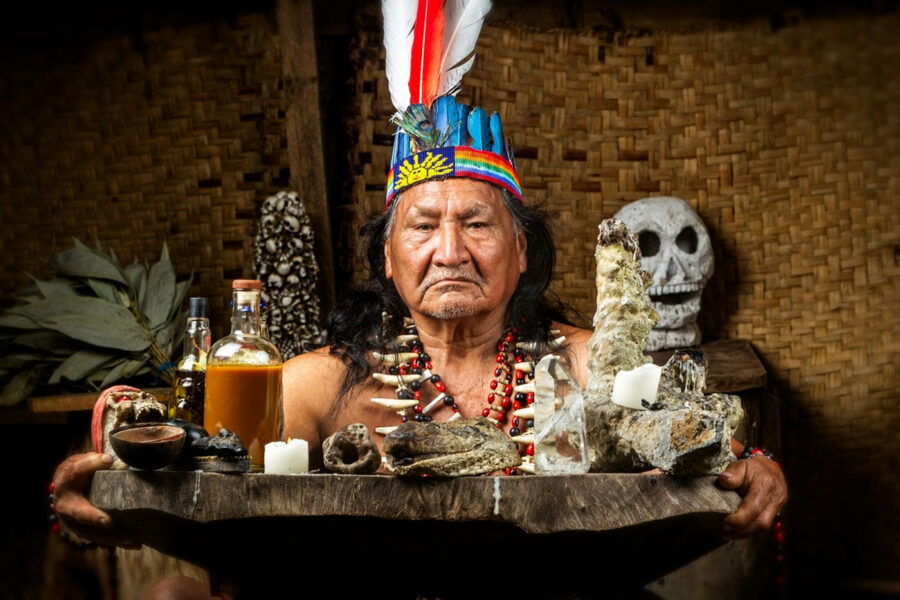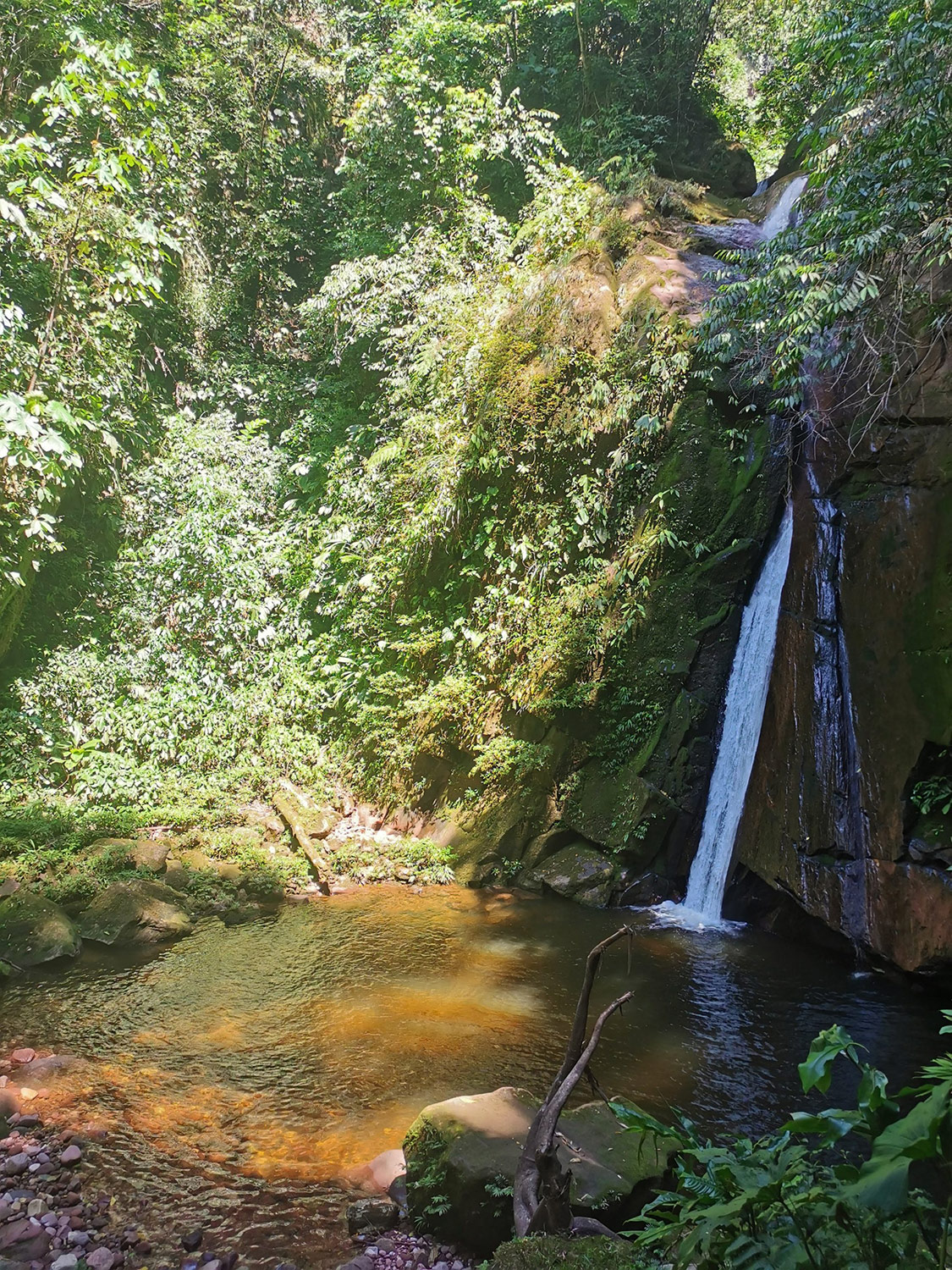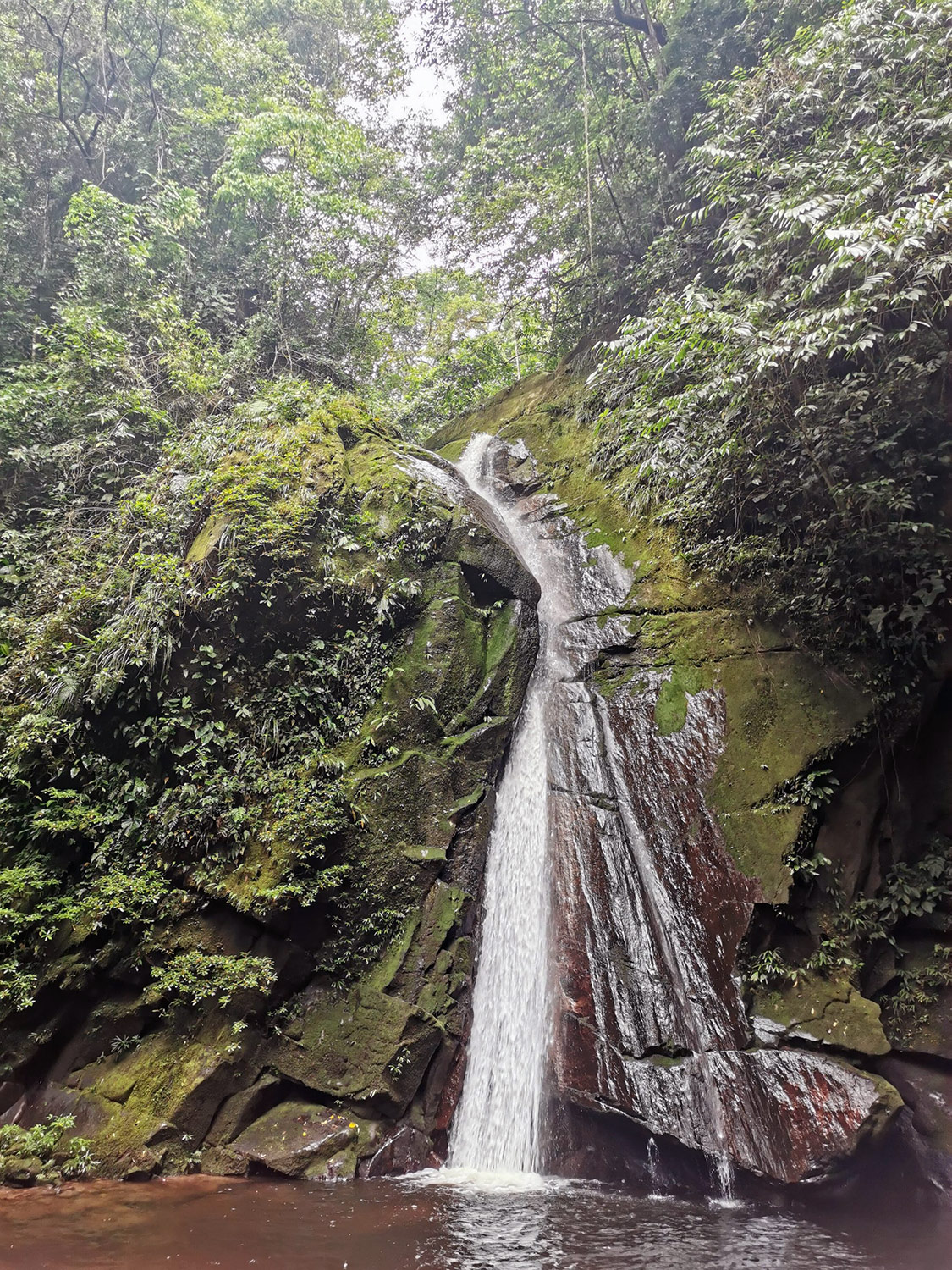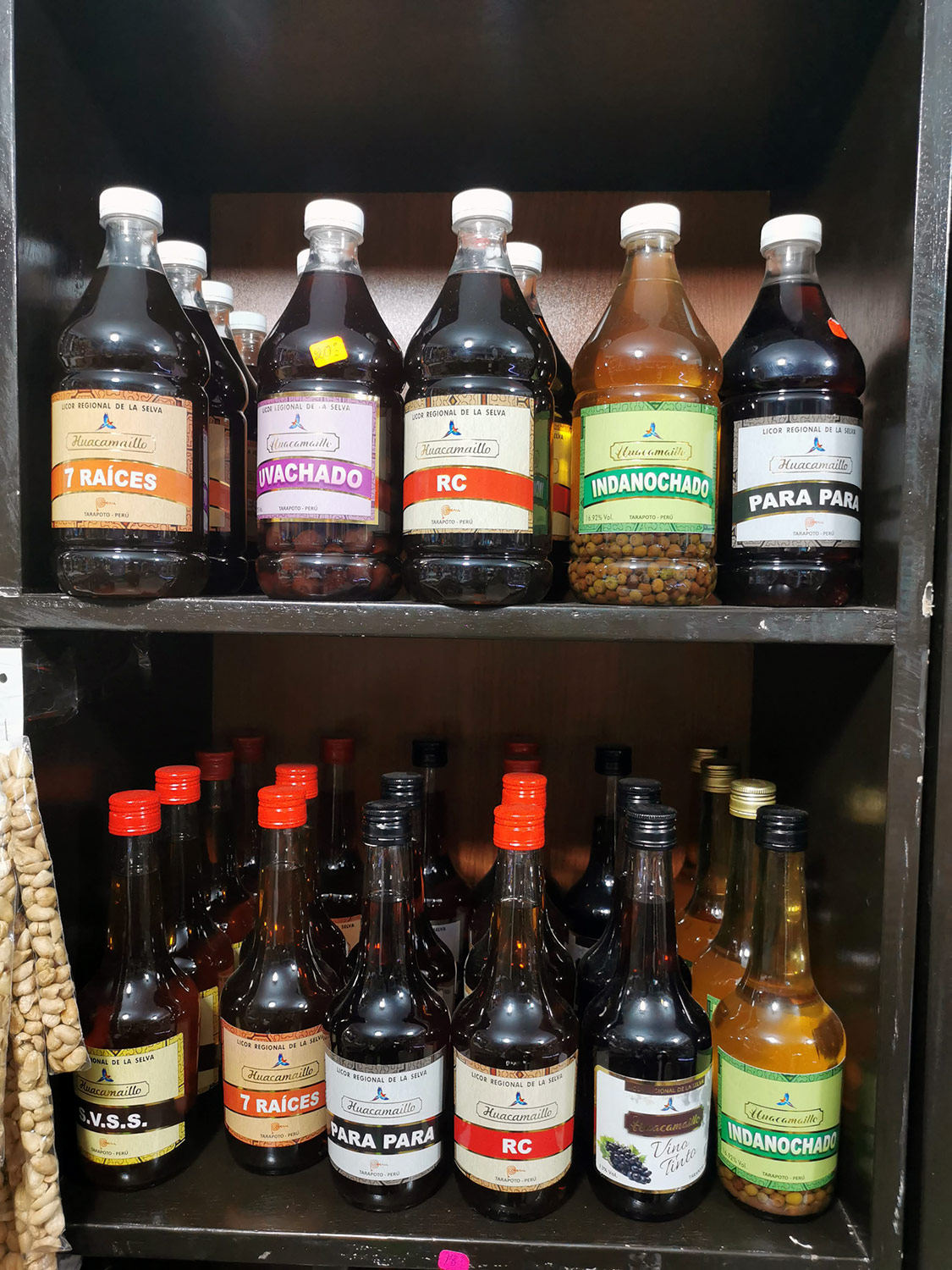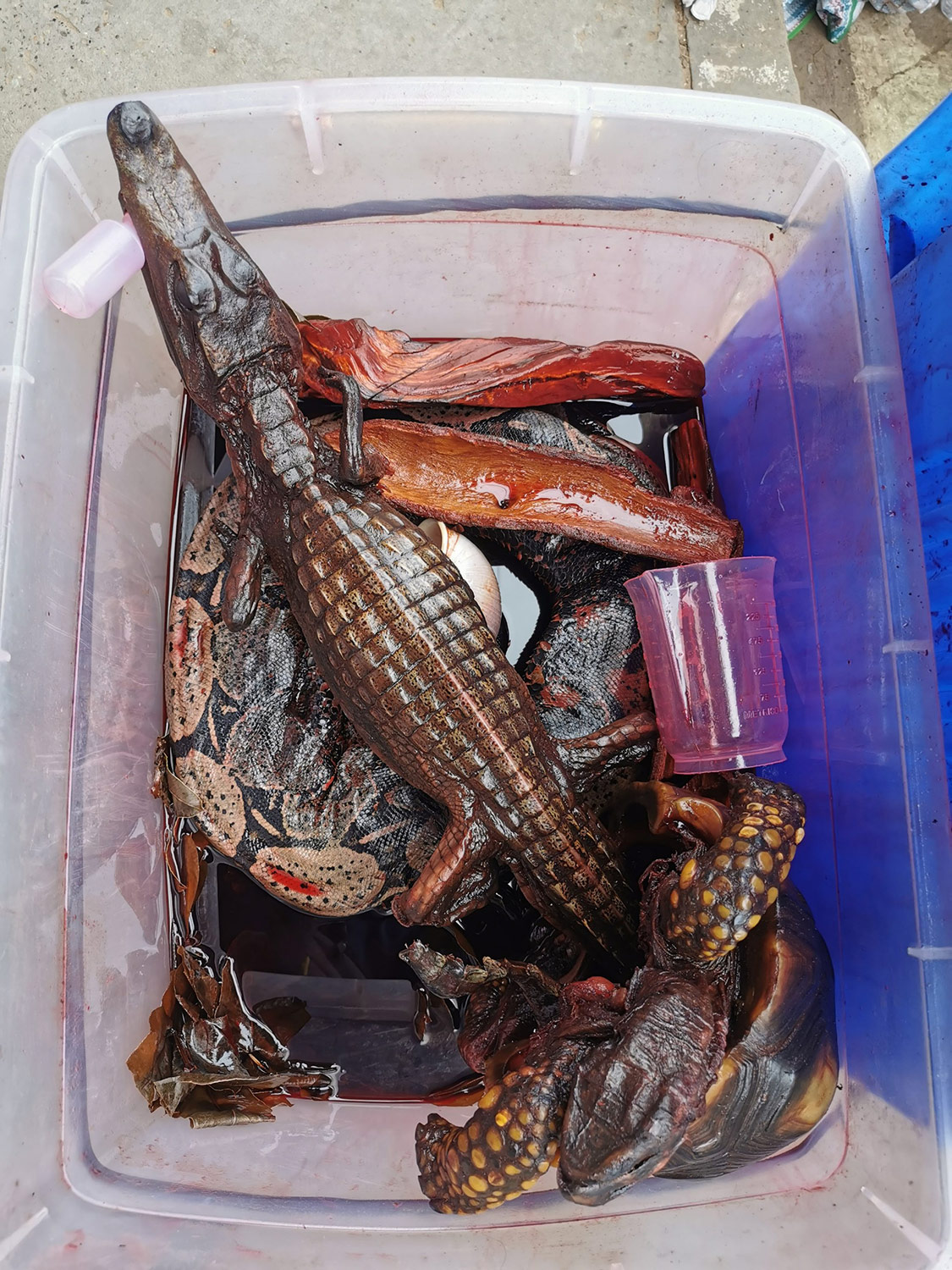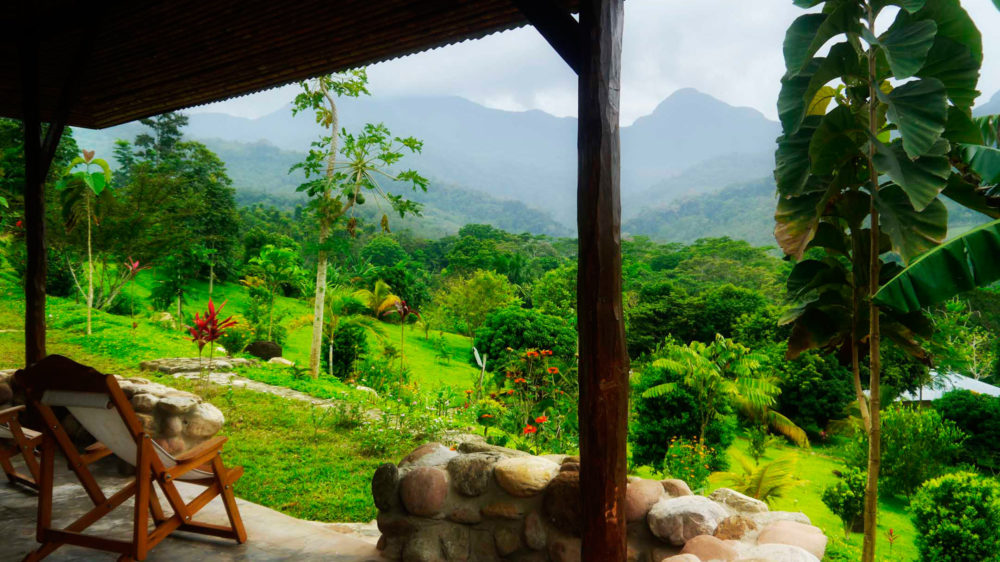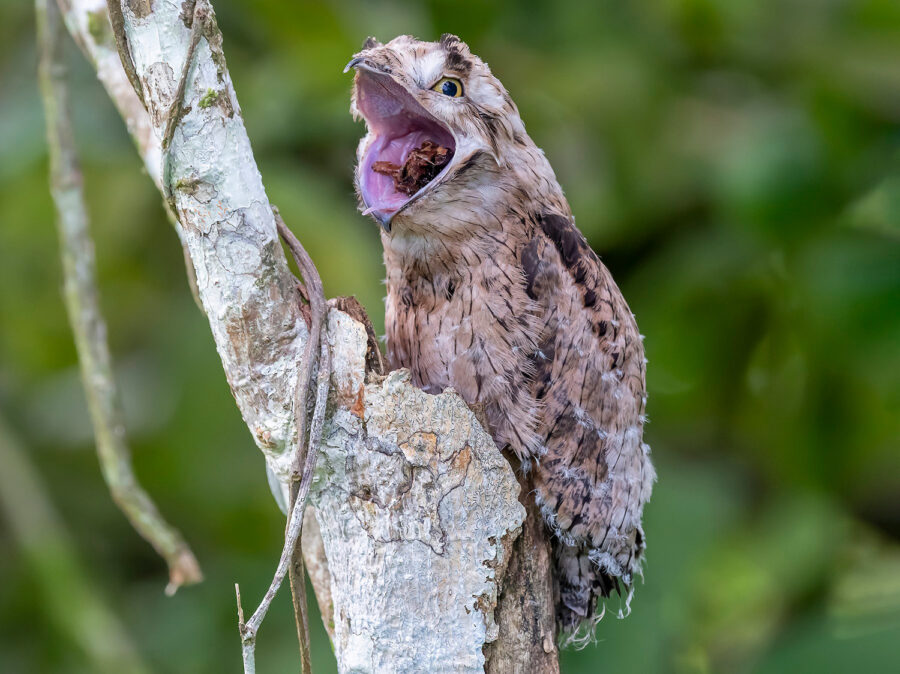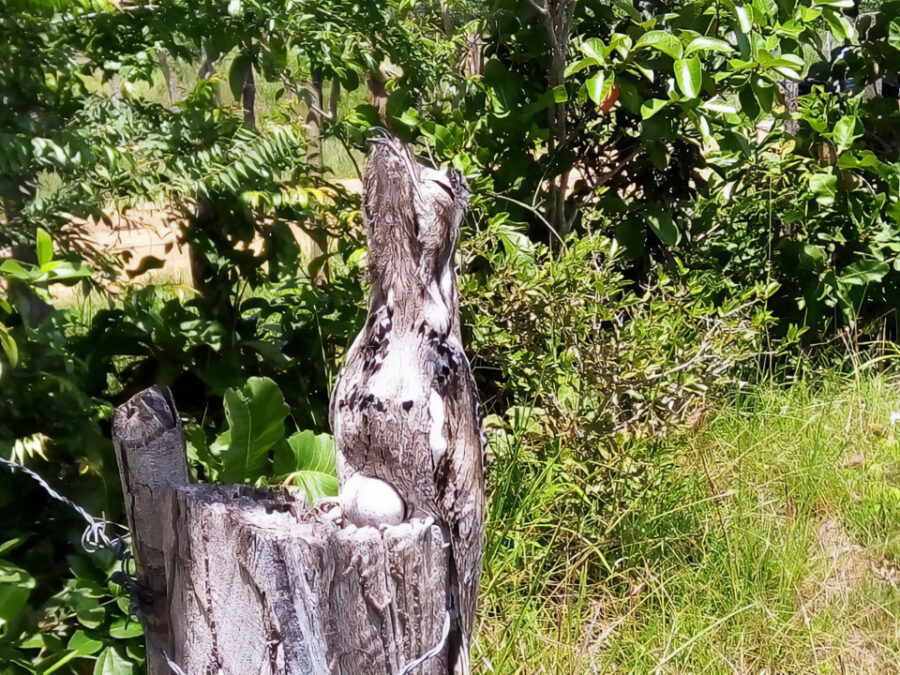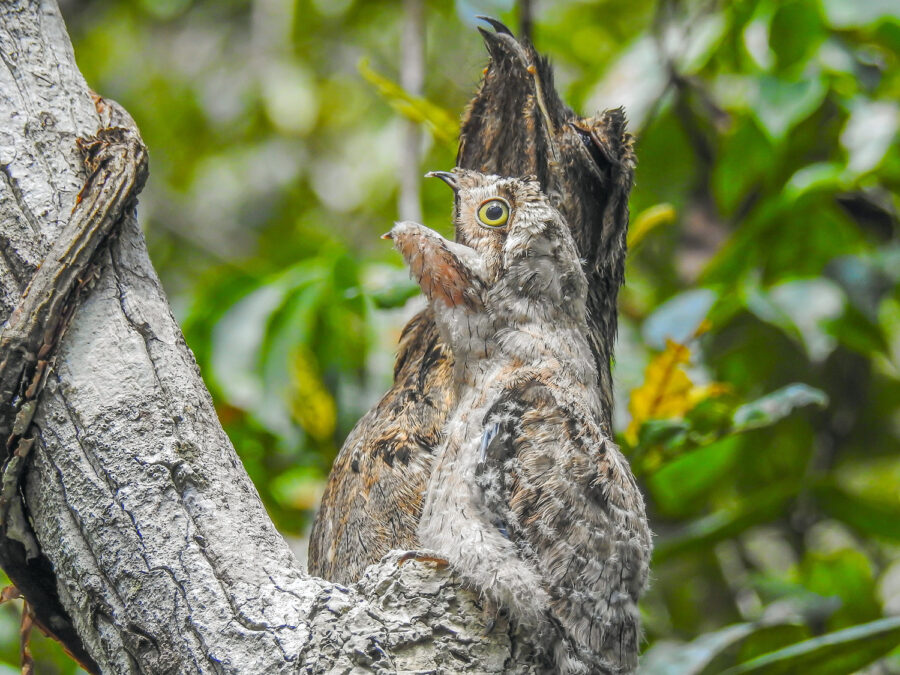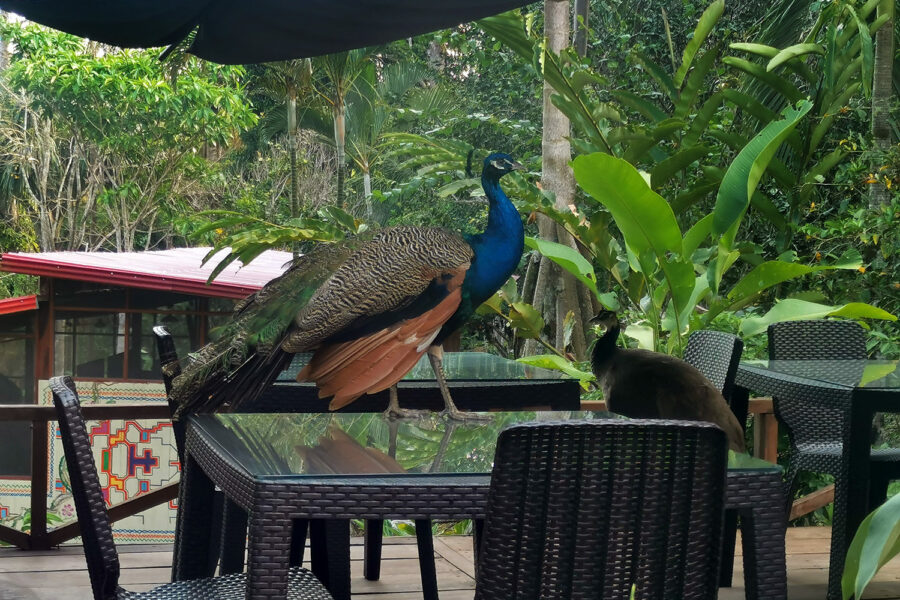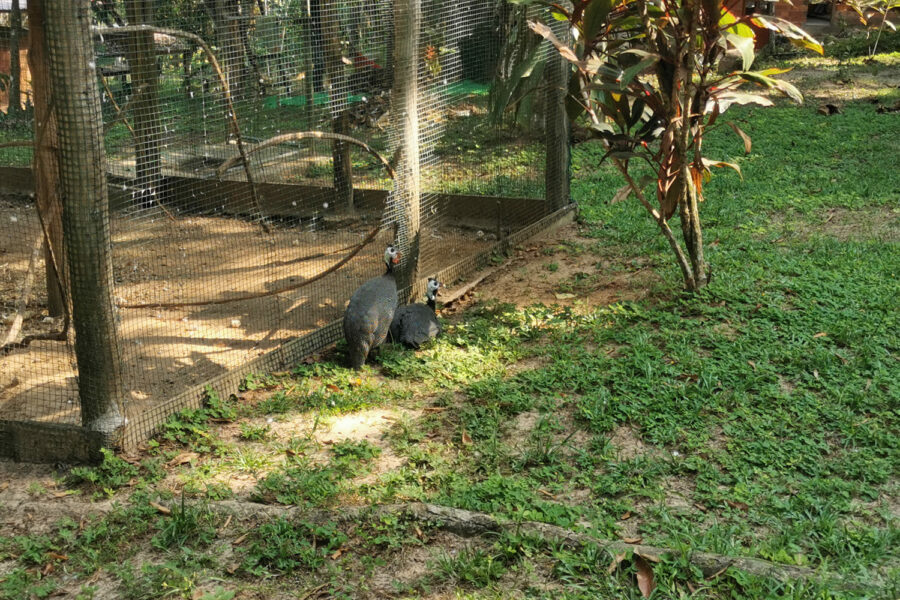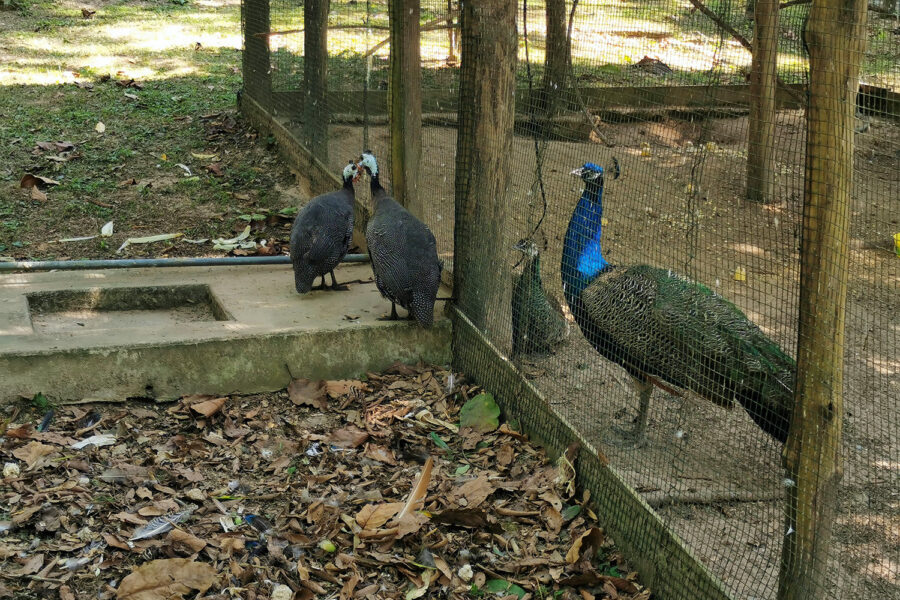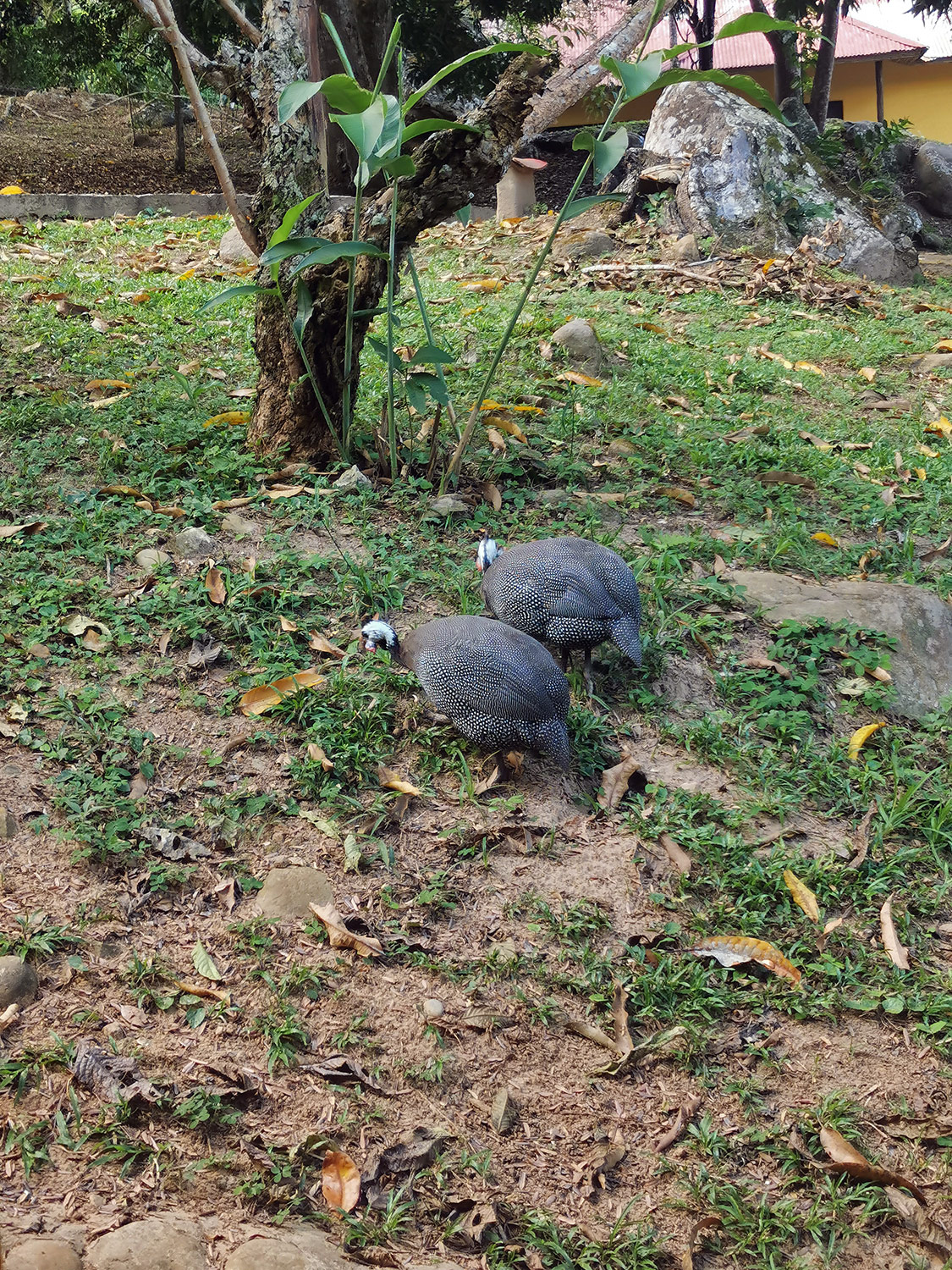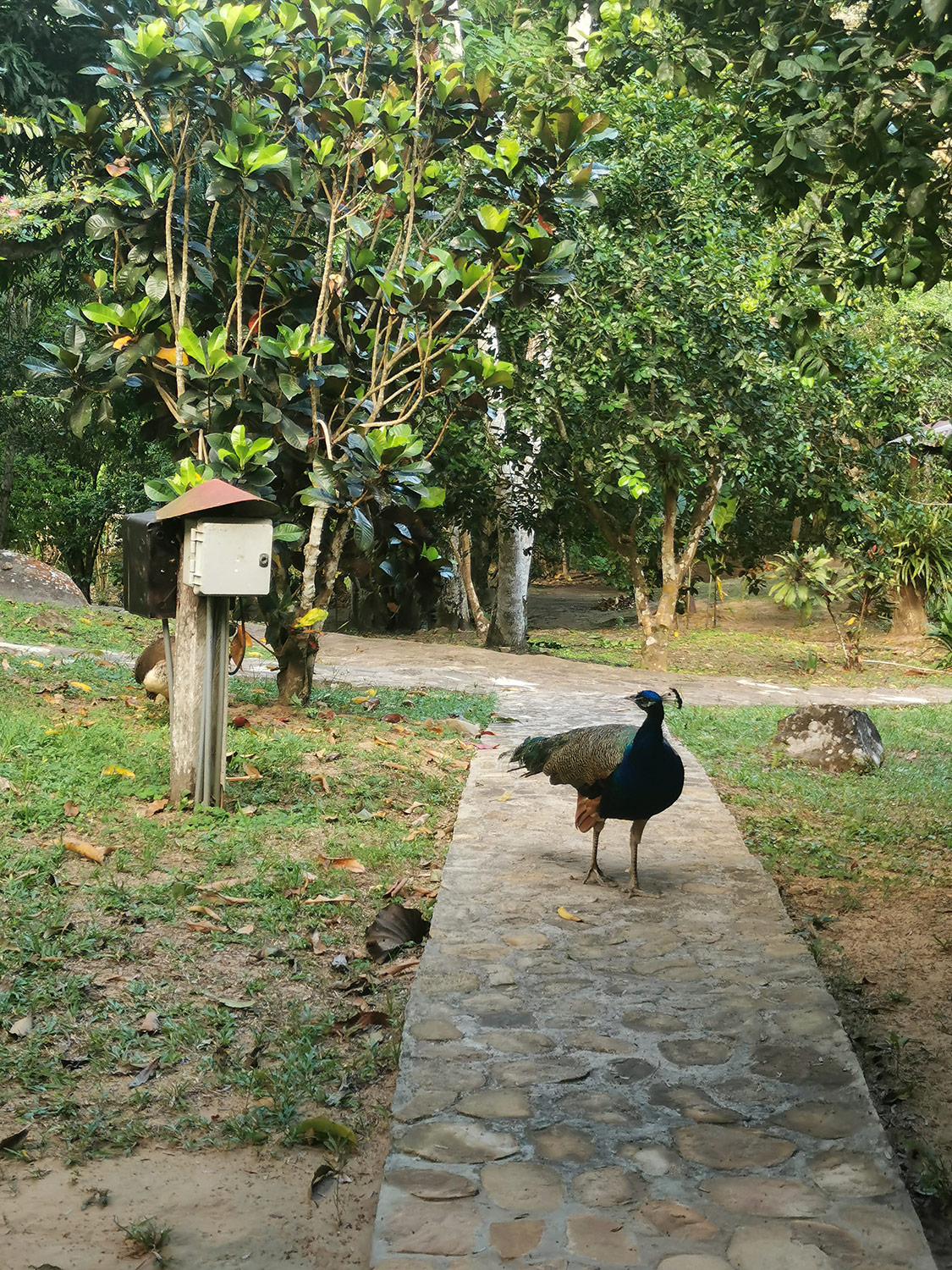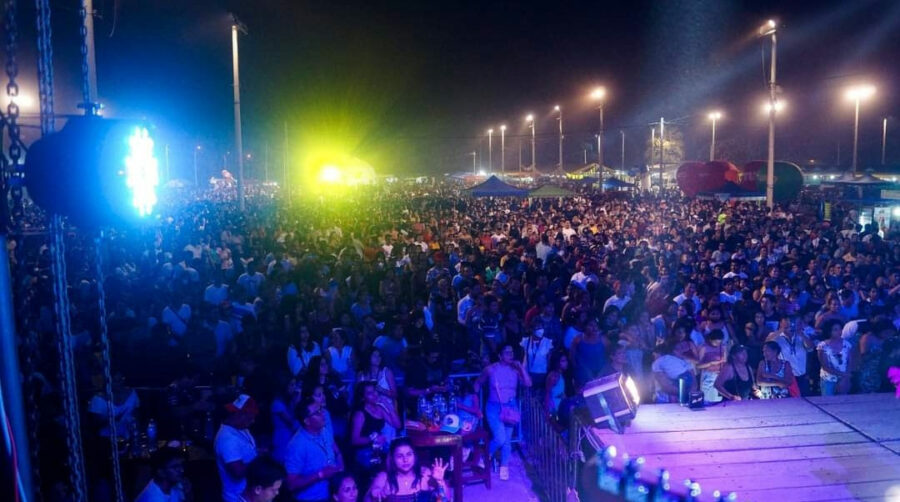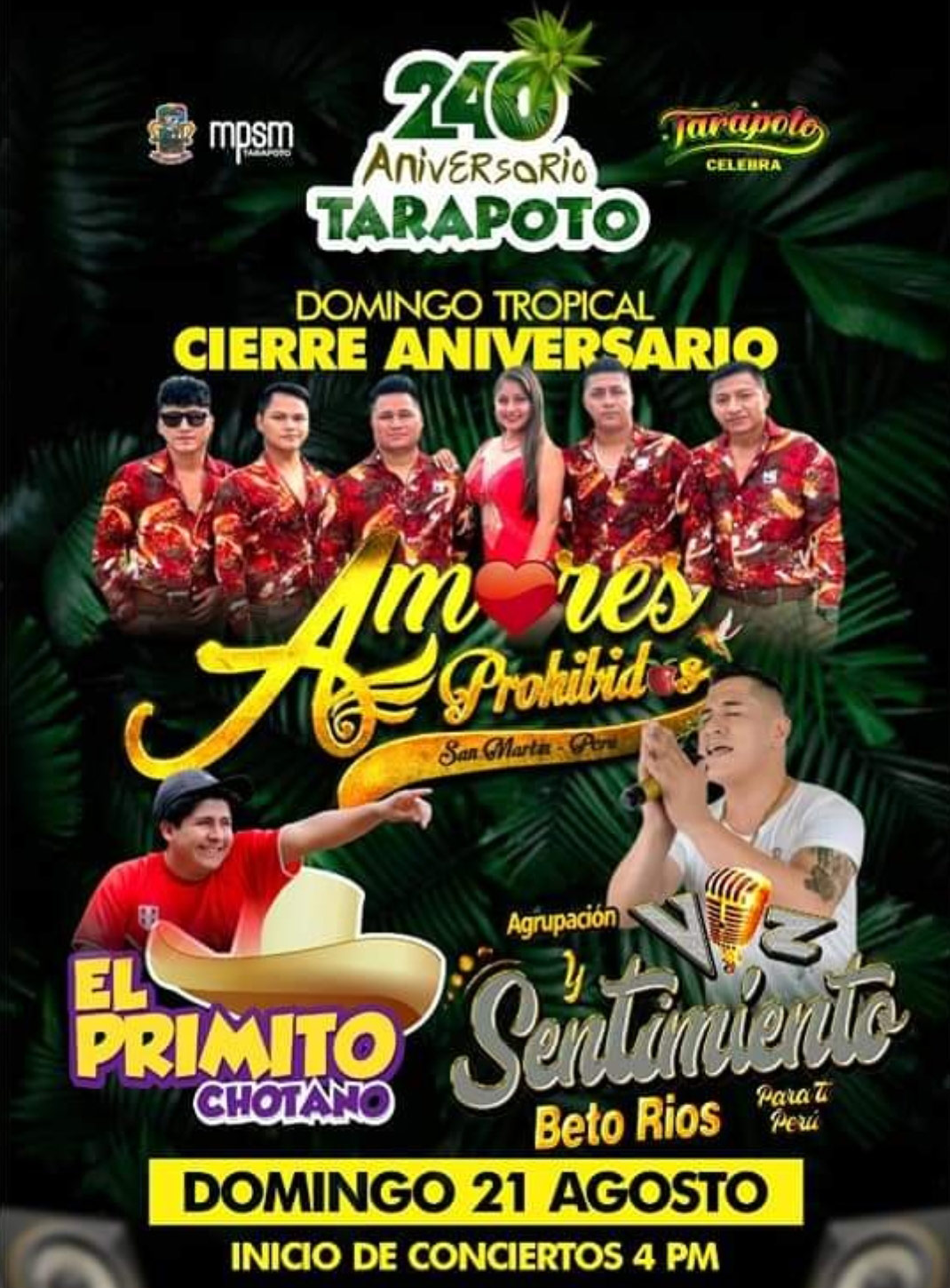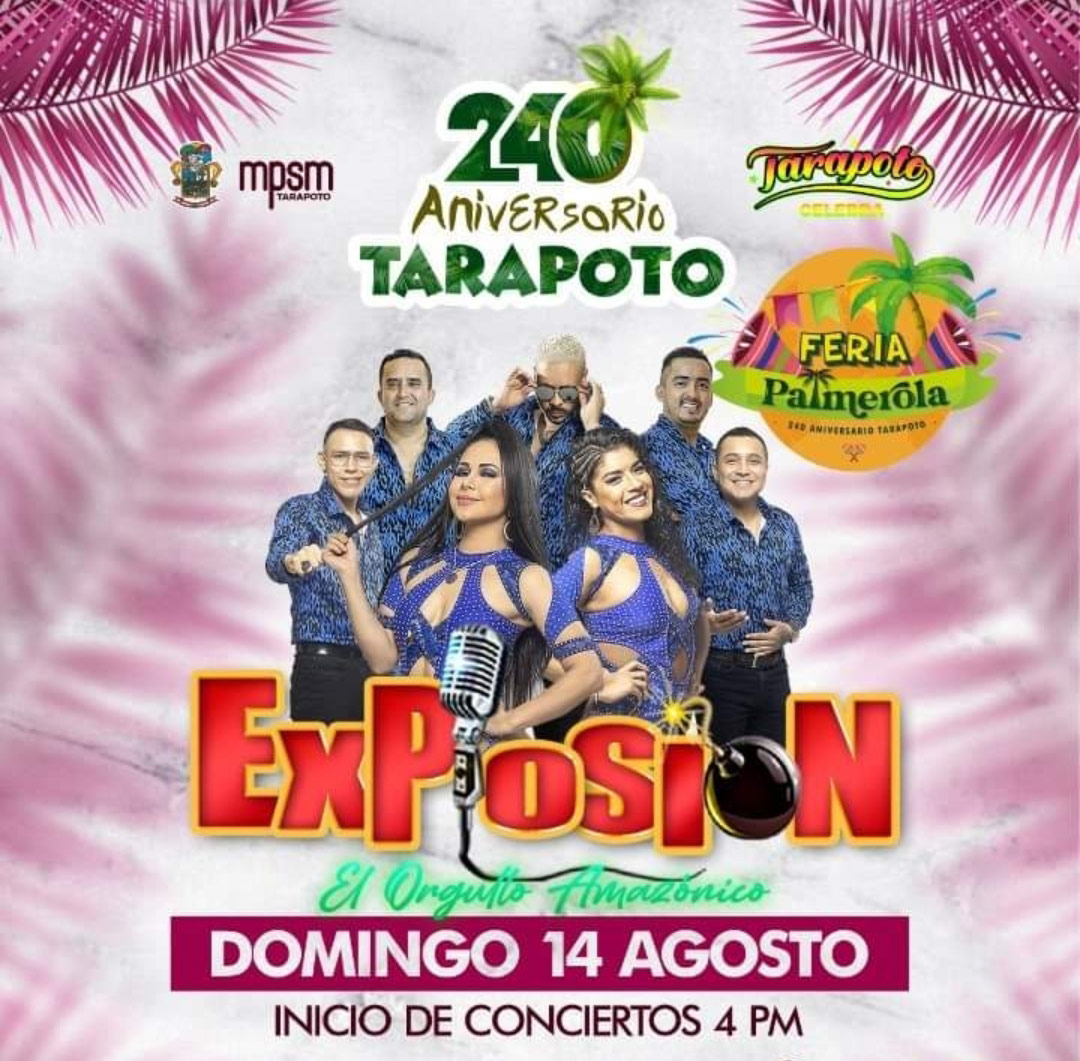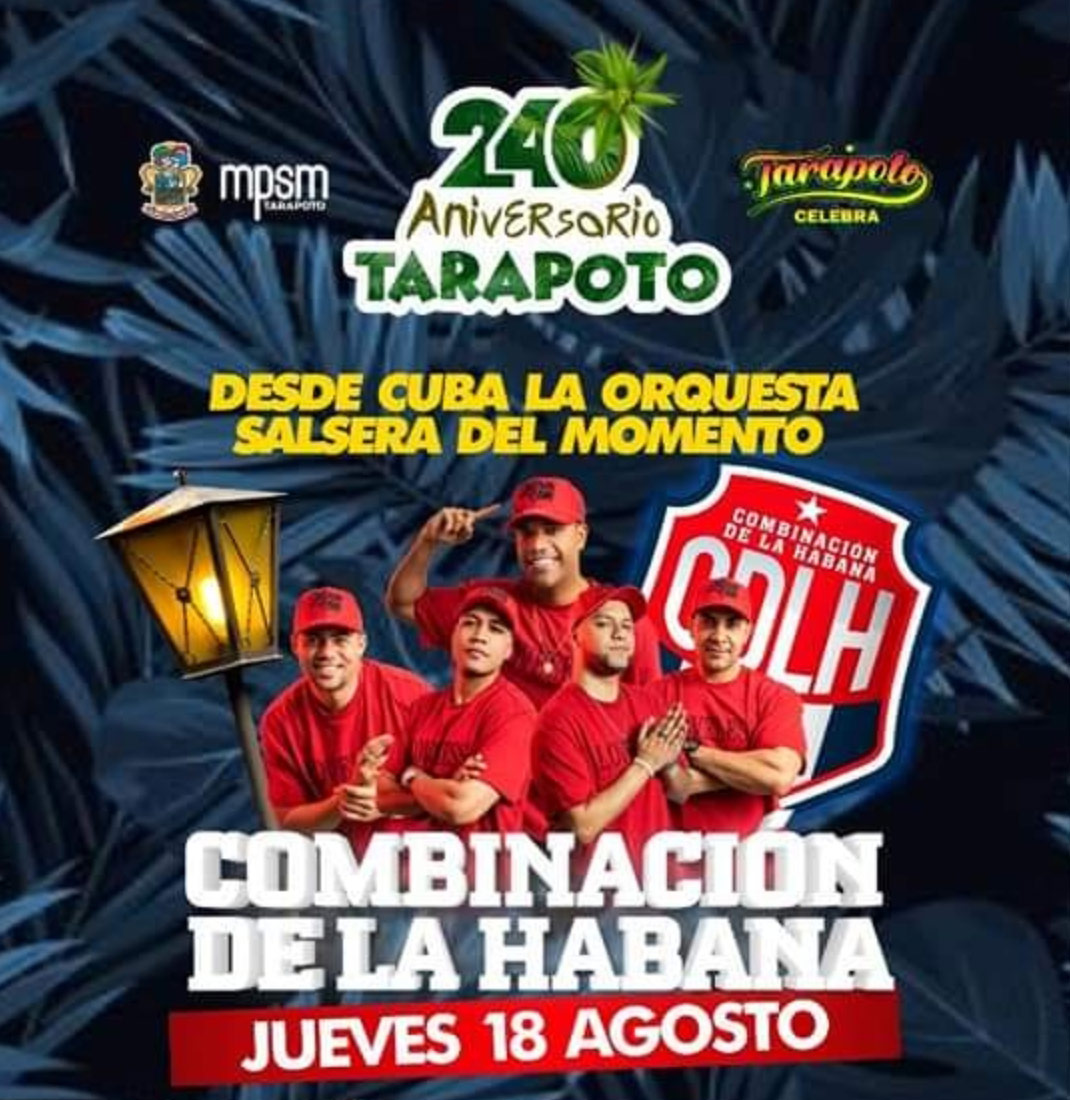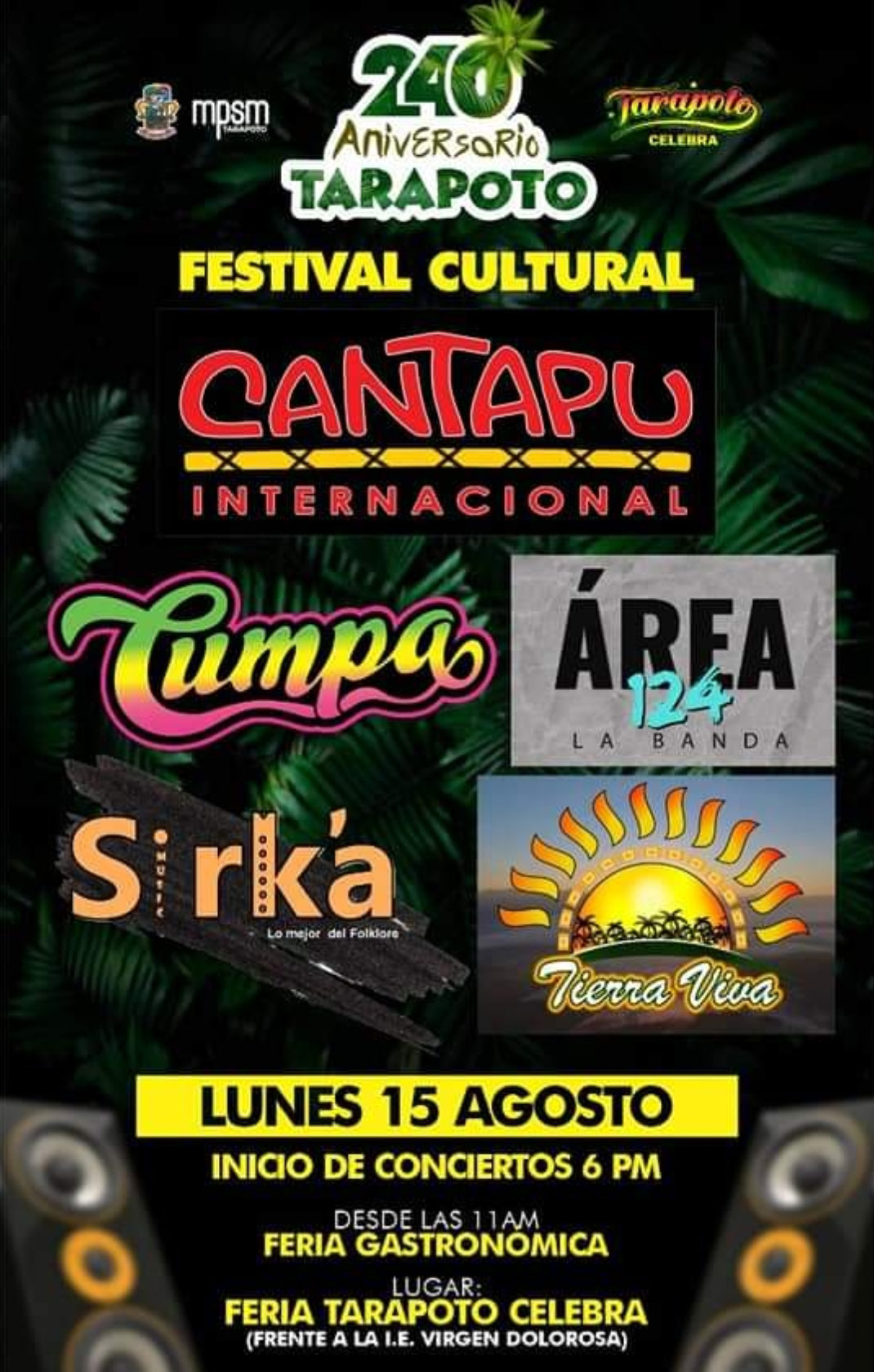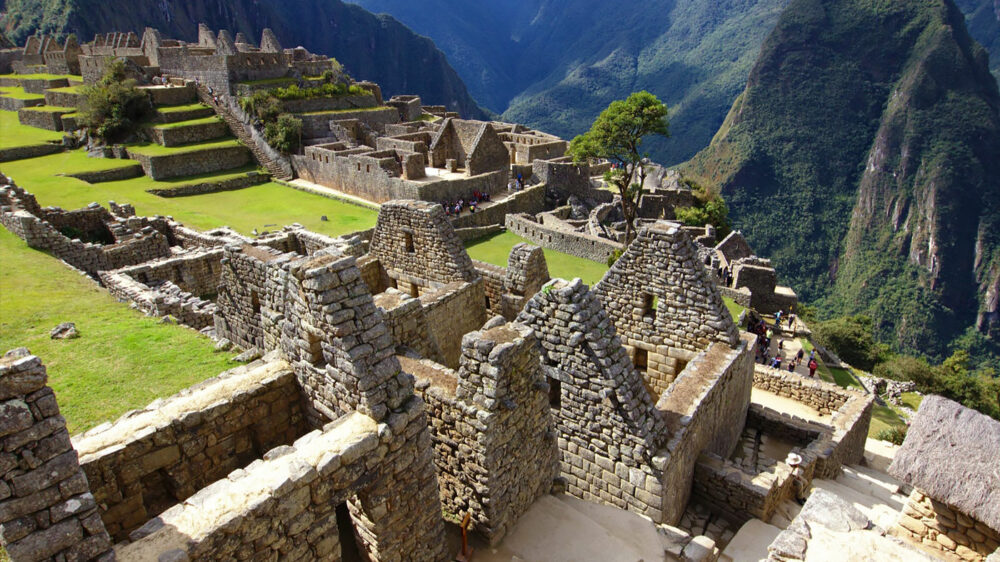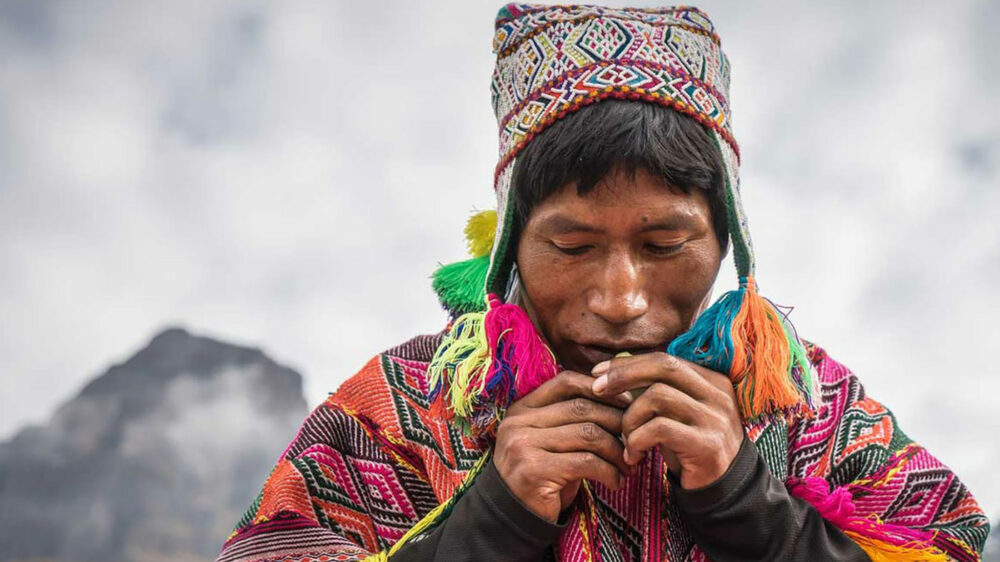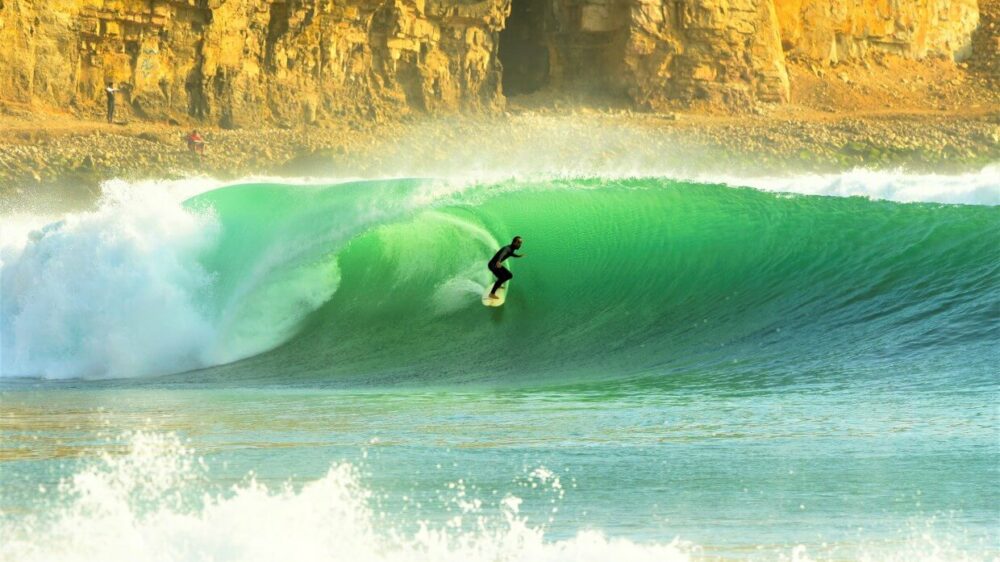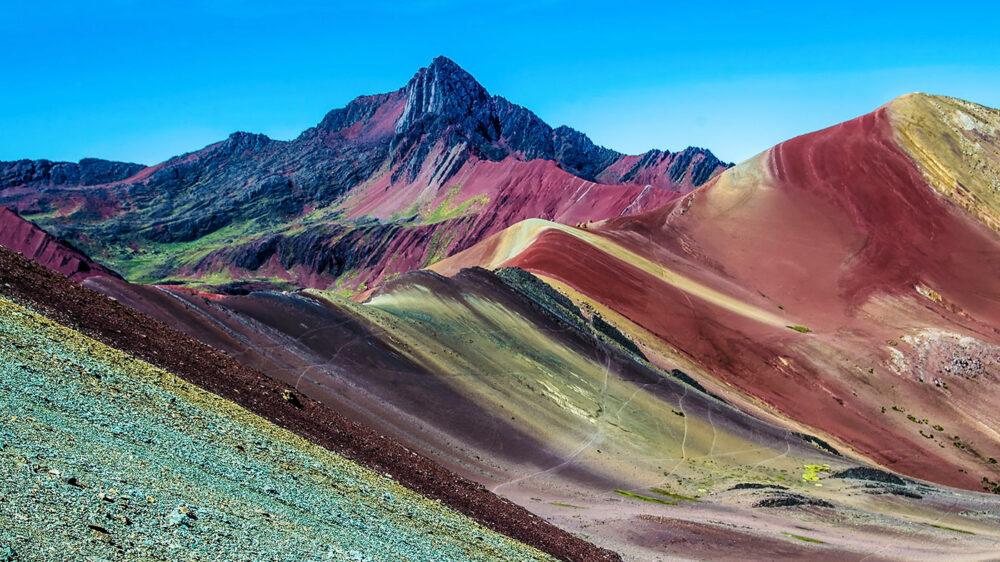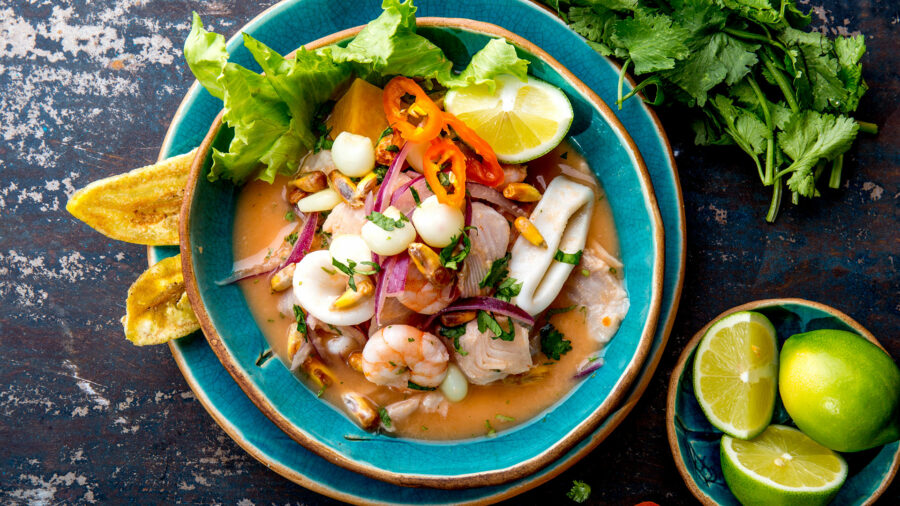In Peru, a lot of natural and historical attractions, which will not be enough for a couple of months. People planning a trip to Peru may find it difficult to create an educational tourist route on their own.
We suggest visiting the city of Tarapoto, which is also known as “The City of Palms”. Here are 7 reasons to embark on your journey:
1. Pleasant tropical climate.
The city of Tarapoto is surrounded by mountains with rugged vegetation, where the national reserve “Cordillera Escalera” is located. The difference in altitude in the city and its surroundings is 300 to 1300 meters above sea level.
Tarapoto has a humid Equatorial climate that is perfectly tolerated. The average annual temperature varies between 22°C to 32°C, the rains here are not prolonged and fall mainly between December and April.
2. Diversity of flora and fauna.
A large conservation area stretches around Tarapoto, protecting the Amazon rainforest from the destructive actions of man. Here you can find unique species of trees and animals. We have written about Ayaymama, Shansho, Isula in our previous news. Some animals are on the verge of extinction, but at the same time their populations are protected by virgin forests.
3. Opportunity to meet local ethnic groups.
Travel agencies in Tarapoto offer excursions that introduce the lifestyle and culture of Peru’s indigenous peoples.
The “New Forest” Tourism Program is a day trip to the Alto Mayo Valley – Moyobamba, which is a Cultural and Natural Heritage. In addition, it is one of the most ecological and vibrant places in Peru. It is home to the Shampuyaku indigenous community.
Members of the community show tourists’ plantations with medicinal and shamanic plants, their lifestyle, food using the bonfire (fish from the river, seasonal fruits and vegetables). Finally, they perform local dances and sell souvenirs.
4. Shamanic traditions.
The region is known for its shamans. Every year, a large number of groups come to Tarapoto to perform spiritual practices (retreats) with local shamans. Among them are world-renowned doctors, such as Jorge Gonzalez who wrote the book “Soy Ayahuasca”. Shamanic markets can be visited in Tarapoto, there are places of power! In the “Museum of Ayahuasca”, you will be told many interesting things about the tradition of healers in South America.
5. About Waterfalls.
Within walking distance of the city, there are enough picturesque places with waterfalls. Some are famous and accessible to tourists, such as the “Ahuashiyacu” falls. But there are many waterfalls, the way to which is quite an adventure can take several hours of trekking through the jungle. One of these waterfalls is the “Wedding Veil”. You are unlikely to meet other tourists here.
6. Exotic cuisine and Amazonian tinctures.
Another advantage in favor of visiting Tarapoto is the regional cuisine with its classic dishes such as: Patarashca – river fish, Cecina – pork ham, juane – a combination of rice, chicken, eggs and olives wrapped in a bijao leaf. In addition, here you can try fried ants, caterpillars on skewers, turtle soup and many other unusual dishes. In Tarapoto, a large selection of tinctures in local roots and fruits: “Cuchuwashi”, “7 roots”, “Break Underpants”. According to local residents, tinctures have healing properties and can cure almost all diseases, including infertility.
7. Ecological species.
In the surroundings of Tarapoto there are hotels located on the picturesque slopes of the mountains. Here guests have incredible panoramas, in addition to enjoying the depth of space and a fusion with nature. Precisely, we can offer you all that welcome in our Ecolodge “Cordillera Escalera”.

